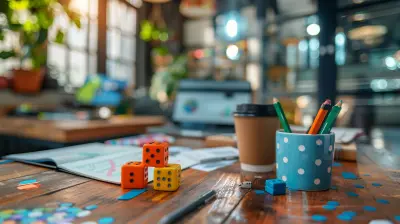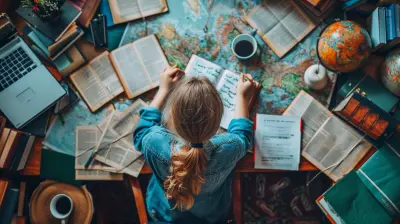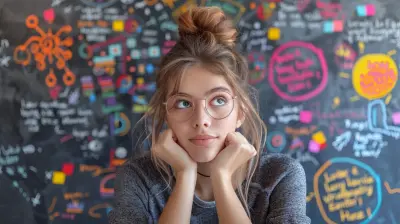Art-Infused Activities to Enhance Learning Across Subjects
27 November 2025
When you think about art, do you picture a painter, a sculptor, or maybe a musician? Sure, art is about creativity, but did you know it can also be a powerful tool for learning across subjects like math, science, and even history? That’s right! Adding an artistic touch to education makes learning more engaging, memorable, and effective.
Let’s dive into why art-infused learning works and explore some fun and engaging activities that can help students grasp concepts better across different subjects. 
Why Does Art Help in Learning?
Before we jump into activities, let’s talk about why art works so well in education. The secret lies in how our brains work. Art stimulates both hemispheres of the brain—the left (logical side) and the right (creative side). When students engage with artistic activities, they process information more deeply and retain it longer.Think about it: We remember song lyrics without much effort because music makes information stick. The same idea applies to using art in learning—it transforms abstract concepts into something tangible and relatable. 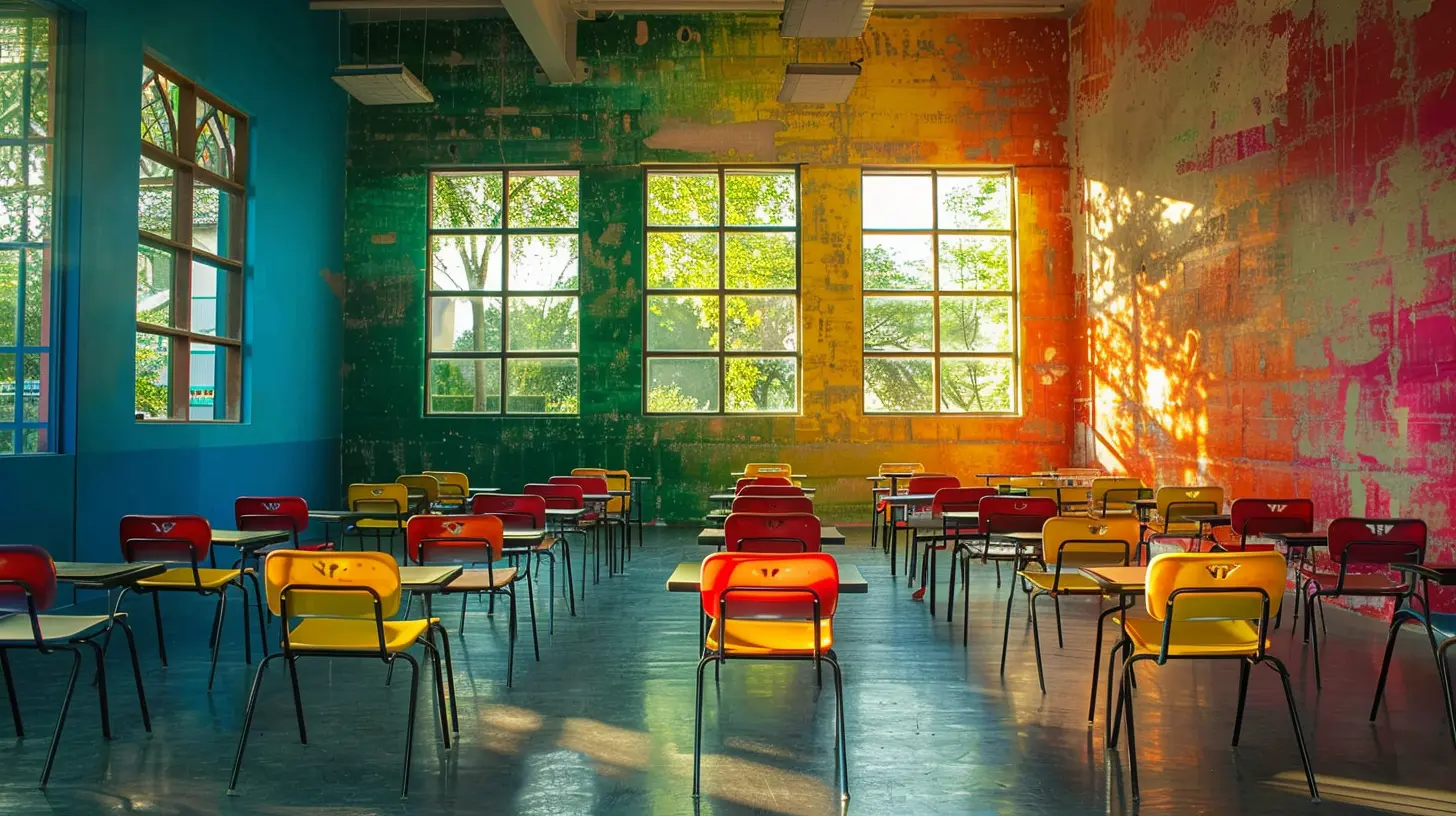
Art-Infused Activities for Different Subjects
Now, let's get into specific ways you can use art across various subjects to make learning more engaging and effective.1. Mathematics: Turning Numbers into Visual Art
Mathematics is all about logic and structure, but that doesn’t mean it has to be boring! Here are a couple of ways to weave art into math lessons:a. Geometry Through Drawing and Origami
Instead of just memorizing formulas, students can create geometric patterns, tessellations, or even 3D origami. This hands-on approach helps them understand shapes, symmetry, and spatial reasoning in a fun way.b. Graphing with Creativity
Instead of plotting points on a boring graph, why not turn it into art? Students can create pictures by connecting dots on a coordinate plane, blending math with creativity while reinforcing graphing skills.2. Science: Bringing Concepts to Life with Art
Science is all around us, but sometimes students struggle to see its beauty. Art can help change that.a. Biology with Illustrations and Clay Models
Learning about cells, organs, or the human body? Instead of just reading about them, students can draw detailed diagrams, create 3D clay models, or even make stop-motion animations to visualize biological processes.b. Chemistry Through Colorful Experiments
Mixing colors is a form of art—and it’s also chemistry! Activities like chromatography (separating colors) or creating pH indicator paintings with cabbage juice can make learning chemical reactions more interactive and fun.3. History: Storytelling Through Art
History isn’t just about memorizing dates and events—it’s about understanding stories. Art can bring history to life in a way that plain textbooks never could.a. Historical Timelines with Illustrations
Instead of just listing events, students can create illustrated timelines, drawing key moments and historical figures to visualize the past.b. Role-Playing and Costume Design
Why just read about historical figures when you can become one? Having students design costumes or act out historical events helps them connect emotionally to history, making it more memorable.4. Language Arts: Expressing Ideas Through Artistic Writing
Reading and writing can be enhanced with a little artistic flair.a. Poetry with Visual Art
Encourage students to write poems and then illustrate them. Combining words with imagery deepens comprehension and expression.b. Comic Strips for Creative Storytelling
Instead of writing a plain-old essay, why not create a comic strip? It helps students break down complex narratives into simple, engaging visuals while reinforcing storytelling skills.5. Social Studies: Artwork as Cultural Exploration
Understanding different cultures and societies becomes much more meaningful when art is involved.a. Cultural Masks and Symbolic Art
Students can create masks, paintings, or sculptures inspired by different cultures, helping them appreciate global traditions and beliefs.b. Mapping with a Creative Twist
Instead of regular maps, students can draw artistic versions of ancient civilizations, highlighting important landmarks and cultural icons.
The Benefits of Art-Infused Learning
So, why should teachers and parents incorporate art into education? Here are just a few of the incredible benefits:✅ Enhances Memory Retention – When students visualize concepts, they remember them better.
✅ Encourages Creative Thinking – Art encourages students to see problems from different angles.
✅ Boosts Engagement – Learning feels more like play, making students eager to participate.
✅ Fosters Emotional Connection – Expressing ideas through art helps students connect personally with subject matter.
✅ Strengthens Critical Thinking – Artistic problem-solving enhances cognitive skills. 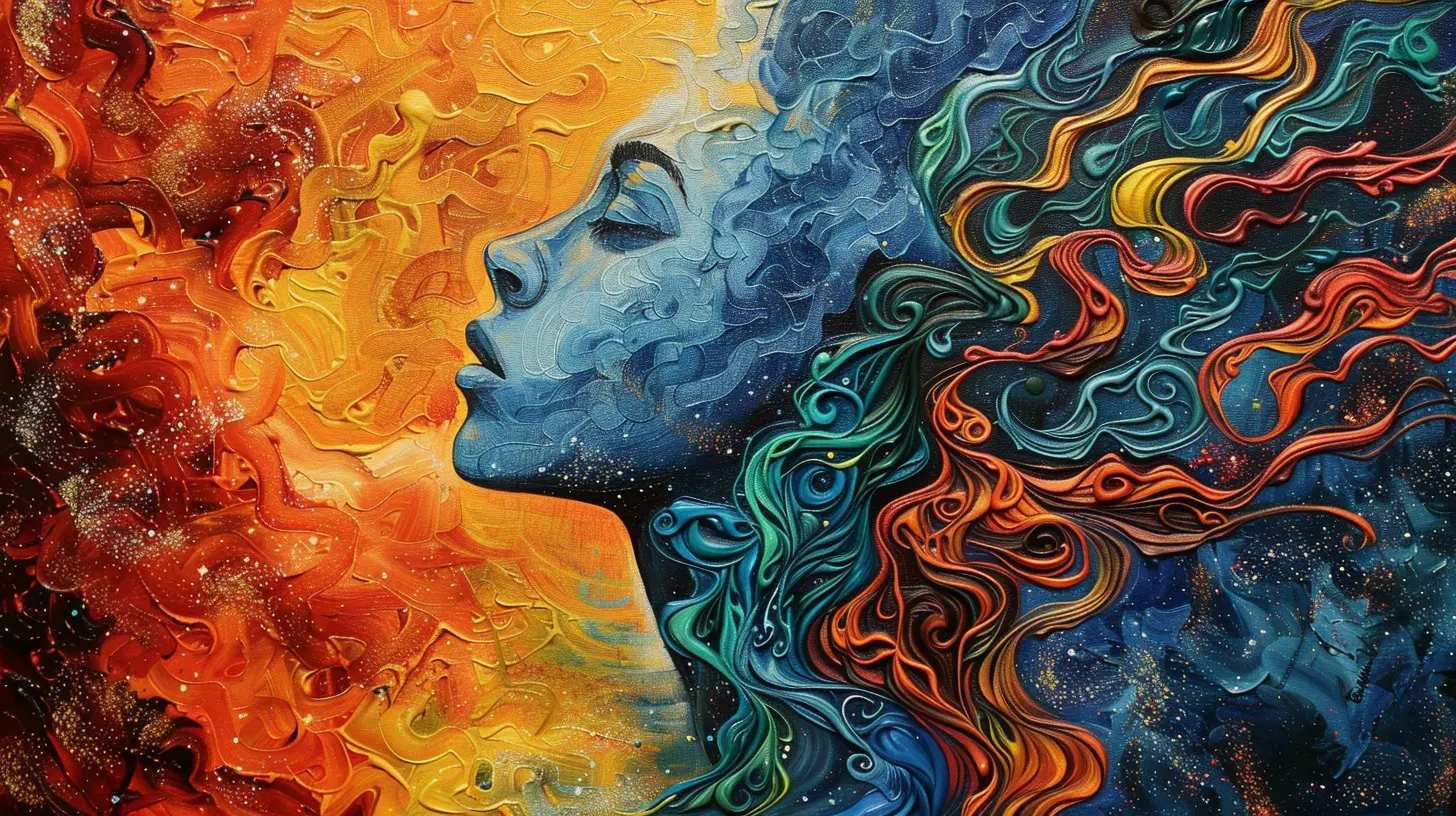
How to Bring More Art into Learning
Now that we’ve covered tons of ideas, how can you actually implement art-infused learning in everyday education?1. Encourage Experimentation – Let students explore different artistic techniques and tools.
2. Integrate Art into Lesson Plans – Teachers can regularly include an art component in their lessons.
3. Use Technology – Digital art, animations, and interactive design tools can make learning even more engaging.
4. Support a Growth Mindset – Remind students that creativity has no wrong answers!
Final Thoughts
Art isn’t just an "extra" in education—it’s a vital tool that enhances learning across all subjects. Whether it’s math, science, history, or language arts, incorporating art keeps students engaged, improves understanding, and makes learning more enjoyable.So, why settle for dull, traditional methods when you can bring creativity into the classroom? Start infusing art into your lessons today, and watch education become a whole new adventure!
all images in this post were generated using AI tools
Category:
Classroom ActivitiesAuthor:

Madeleine Newton
Discussion
rate this article
1 comments
Nicholas Murphy
This article brilliantly highlights the power of art in education. Integrating creative activities not only enriches learning but also fosters critical thinking and engagement across all subjects. Great insights!
November 28, 2025 at 11:36 AM
